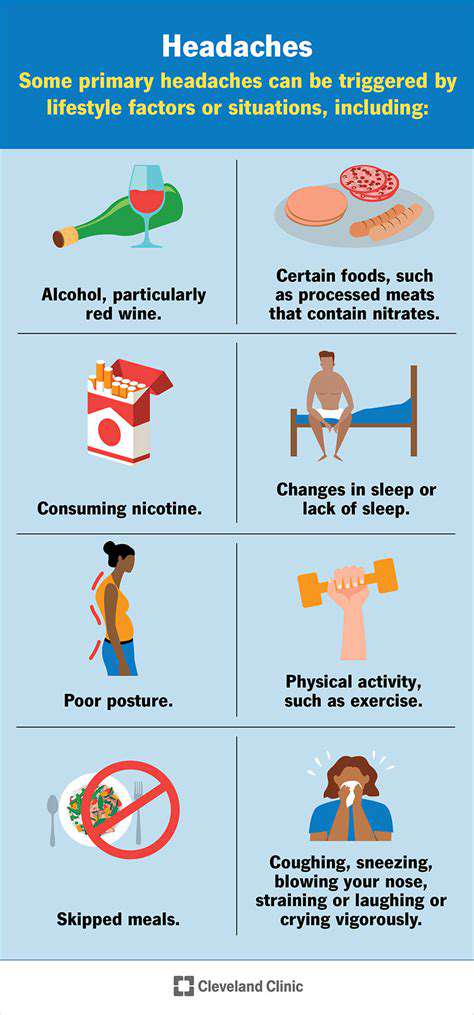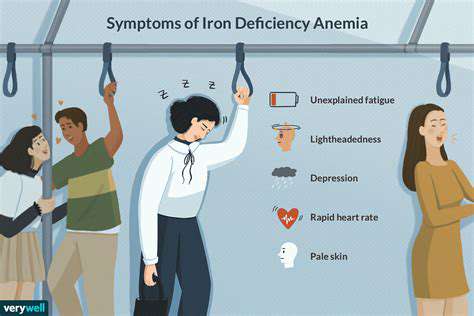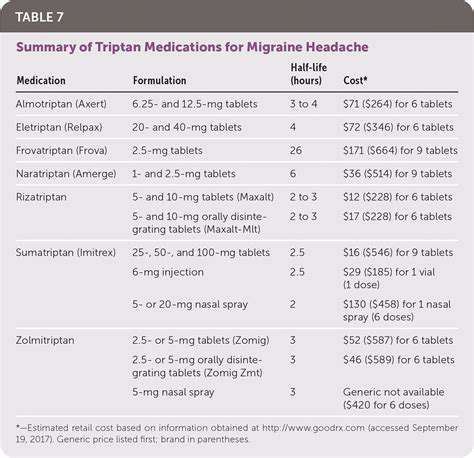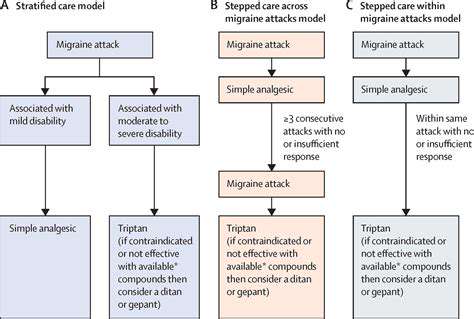Addressing Headaches Caused by Poor Posture
The modern epidemic of tech neck has birthed a new headache variant—the cervicogenic tension hybrid. Unlike classic tension headaches, these originate from sustained compression of the C1-C3 vertebrae, creating referred pain patterns that mimic migraines. Patients often mistake them for sinus issues due to frontal pressure, but the true culprit lies in the cervical spine.
The Role of Technology in Modern Postural Headaches
Smartphone use has altered human biomechanics more profoundly than any ergonomic chair could hope to correct. The average head weighs 10-12 pounds, but for every inch it protrudes forward, the effective weight on cervical muscles doubles. At 60 degrees of flexion—typical texting posture—the neck bears equivalent to 60 pounds of strain. This explains why even adolescents now present with degenerative cervical changes once seen only in elderly patients.
Identifying the Symptoms
Postural headache symptoms often follow predictable timelines. Morning stiffness with gradual worsening through the workday suggests muscular origins, while immediate pain upon waking may indicate sleep posture issues. Key differentiators include pain that:
- Intensifies with prolonged sitting
- Eases with neck traction
- Responds poorly to standard analgesics
Effective Prevention Strategies
Innovative prevention goes beyond standard ergonomic advice. Try these evidence-based approaches:
- 20-20-20 rule for screens: Every 20 minutes, look at something 20 feet away for 20 seconds while performing chin tucks
- Pomodoro posture breaks: Use productivity timers as reminders to reset alignment
- Pillow physics: Side sleepers need thicker support than back sleepers to maintain spinal neutrality
Seeking Professional Advice
When self-management fails, specialized care becomes essential. Look for providers offering:
- Computerized postural analysis
- Dry needling for trigger points
- Personalized corrective exercise programming
Migraine disorders often coexist with postural issues, creating complex diagnostic challenges. The temporomandibular joint (TMJ) frequently becomes entangled in these patterns, with jaw misalignment exacerbating cervical strain and vice versa.
Practical Strategies for Improving Posture and Reducing Headaches
Understanding the Link Between Posture and Headaches
The body remembers what the mind forgets—this neurological truth explains why posture correction requires conscious repetition. Research shows it takes 3-6 months of consistent effort to reprogram muscular patterns that developed over years of neglect. The key lies in making micro-corrections throughout the day rather than relying on occasional intensive exercises.
Ergonomic Adjustments for a Healthier Posture
Revolutionize your workspace with these unconventional tweaks:
- Replace chair back support with a balance disc to engage core muscles
- Use a slanted writing surface to reduce neck flexion
- Position monitors at the top edge at eye level, forcing slight upward gaze
Strengthening Core and Back Muscles
Traditional core exercises often overlook the deep stabilizers crucial for posture. Prioritize:
- Dead bugs with diaphragmatic breathing
- Standing resisted rotations
- Prone Y-T-W-L sequences
Mindfulness and Stress Management Techniques
Posture and stress share a bidirectional relationship. The startle reflex—shoulder elevation during stress—becomes permanent without intervention. Biofeedback training can break this cycle by teaching conscious relaxation of specific muscle groups. Simple techniques like posture checking during phone alerts create powerful habit loops.
Lifestyle Modifications for Headache Prevention
Often-overlooked factors significantly impact postural health:
- Vitamin D deficiency weakens postural muscles
- Chronic dehydration reduces fascial elasticity
- Poor gut health increases systemic inflammation
Seeking Professional Guidance for Persistent Headaches
When headaches persist despite lifestyle changes, specialized evaluation becomes crucial. Modern diagnostic approaches may include:
- Digital motion analysis during work tasks
- Surface EMG to identify muscle activation patterns
- Pressure mapping for seated posture assessment
Lifestyle Adjustments for Long-Term Headache Relief
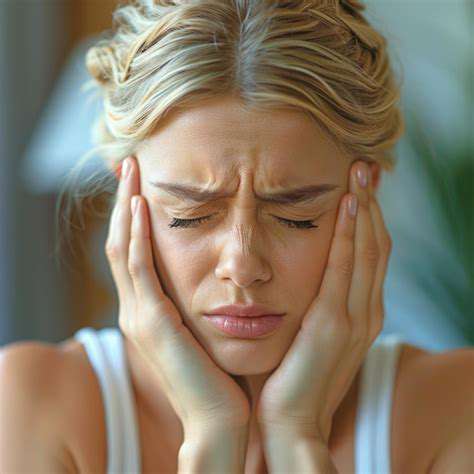
Prioritizing Sleep
Sleep quality directly influences postural recovery. The supine position with proper cervical support allows spinal decompression impossible during waking hours. Optimize this healing window by:
- Using contoured memory foam pillows matching your dominant sleep position
- Implementing a digital sunset 90 minutes before bedtime
- Maintaining 60-67°F room temperature for optimal muscle relaxation
Nourishing Your Body
Certain nutrients specifically support postural health:
- Magnesium glycinate for muscle relaxation
- Omega-3s to reduce inflammatory prostaglandins
- Collagen peptides for connective tissue integrity
Managing Stress Effectively
Chronic stress creates literal physical tension. Innovative approaches include:
- Isometric relaxation techniques
- Postural biofeedback devices
- Myofascial release through vibration therapy
Incorporating Physical Activity
Movement variety proves crucial—no single exercise provides complete postural correction. Ideal weekly movement patterns should include:
- Horizontal pulling (rows) to counter forward shoulder posture
- Extension-based movements (swimming, backstroke)
- Rotational exercises for spinal mobility
Cultivating Strong Social Connections
Social engagement influences pain perception through multiple pathways:
- Oxytocin release during positive interactions acts as natural analgesia
- Group activities encourage movement variety
- Emotional support reduces stress-related muscle tension




